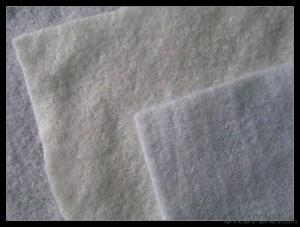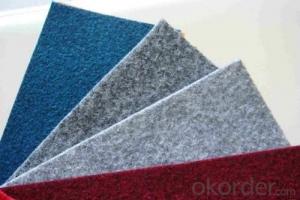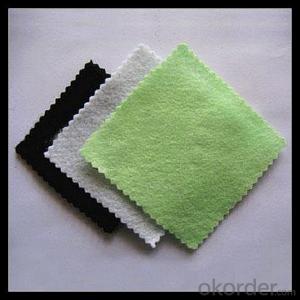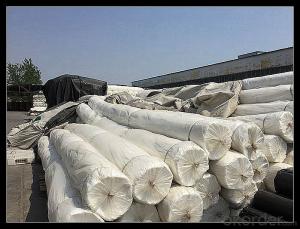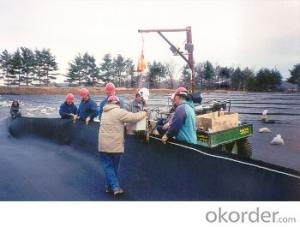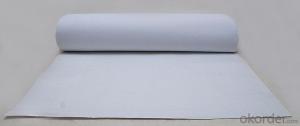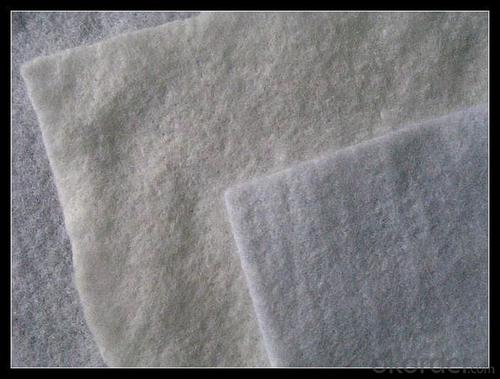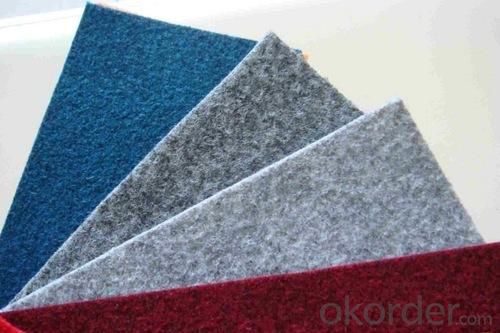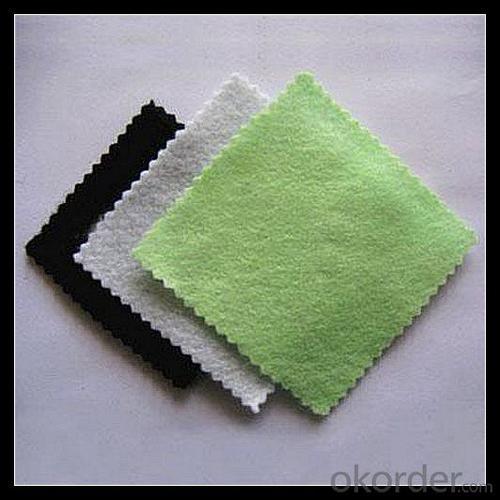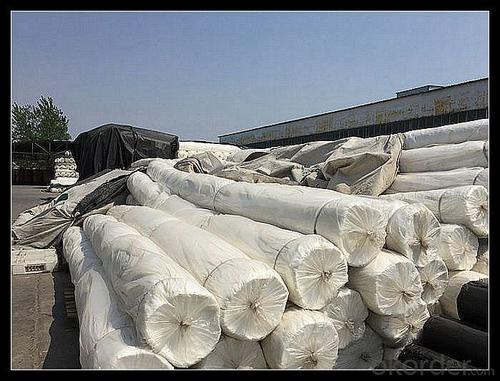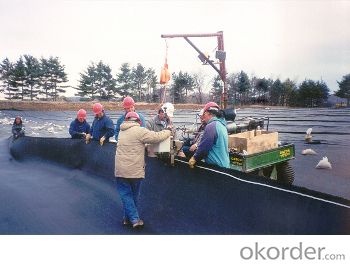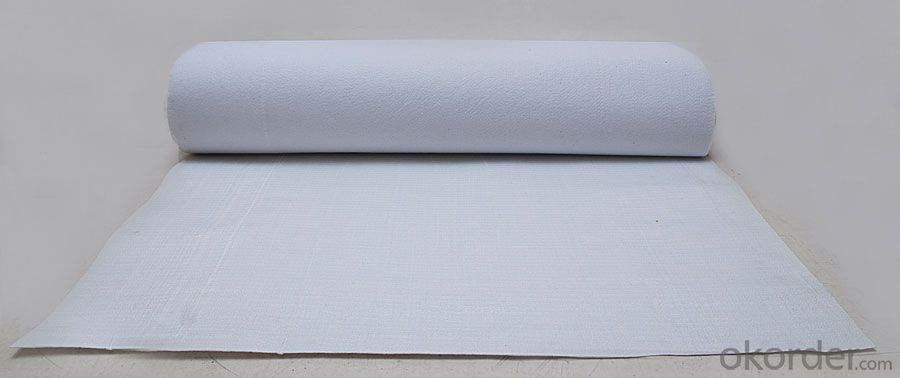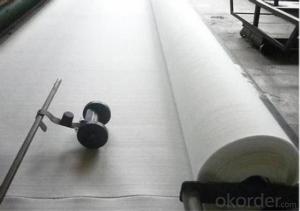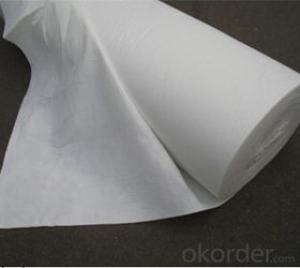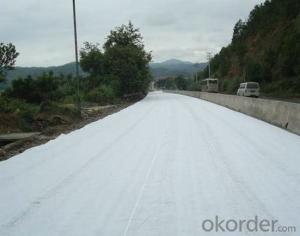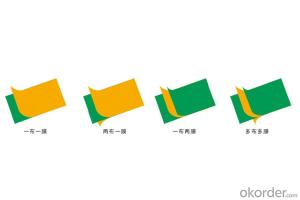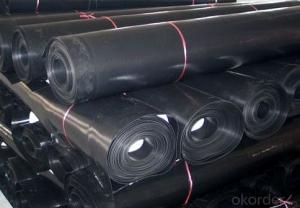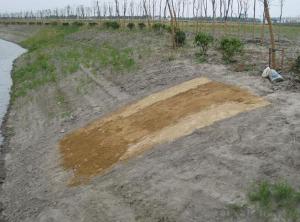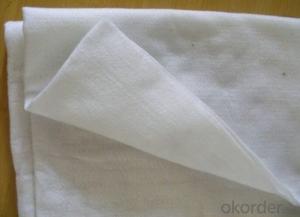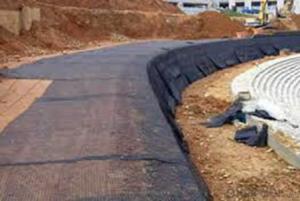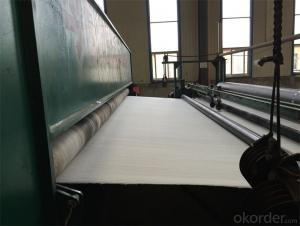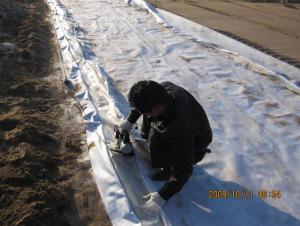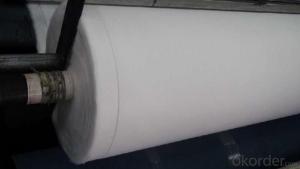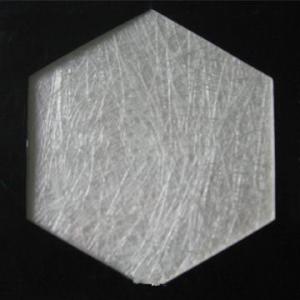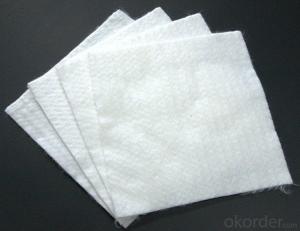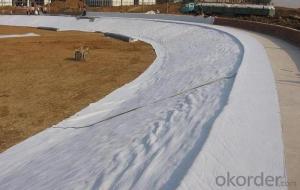Geotextile Fabric 8 Oz Non-Woven Geotextile Needle-Punched PET Fabric with High Stabilization
- Loading Port:
- China main port
- Payment Terms:
- TT OR LC
- Min Order Qty:
- 1000 m²
- Supply Capability:
- 1000000 m²/month
OKorder Service Pledge
OKorder Financial Service
You Might Also Like
Specification
Type:
Geotextiles, Nonwoven Geotextile woven Geotextile
Place of Origin:
Shandong, China (Mainland)
Brand Name:
CMAX
Model Number:
CMAX-S001
Geotextile Type:
Non-Woven Geotextiles Woven Geotextiles
Width:
1m-8m
Length:
Customer Requirment
Weight:
100g/m2-1500g/m2
Color:
White, Black, etc
Functions:
Filtration, Drainage, Separation
Protection, Impermeabilization
Reinforcement of walls / sleep slopes
Reinforcement of soft soil
Reinforcement of concrete ,asphalt
Erosion control and surficial stabilization
Confinement, Applications
Applications:
Road construction, highways and highway embankments.
Airport runways, Shore protection in reclamation works.
Asphalt repaving of roads, Coastal and riverbank revetment systems.
Filtration, Drainage, Composites, Protection for geomembrane in landfills.
Geobags manufacturing, Soil erosion control.
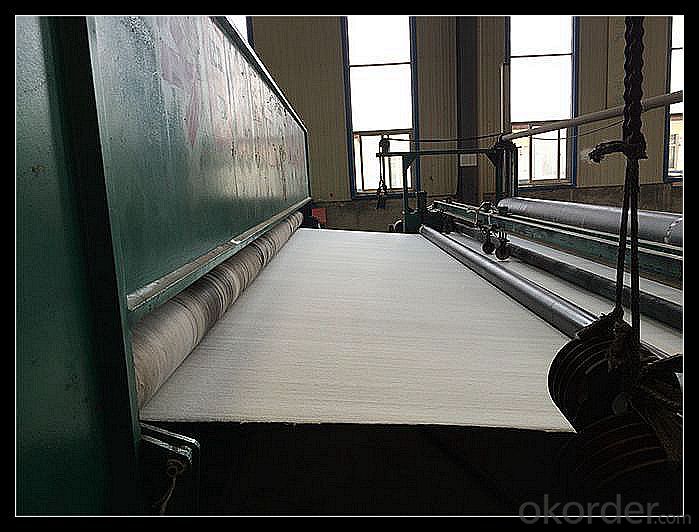
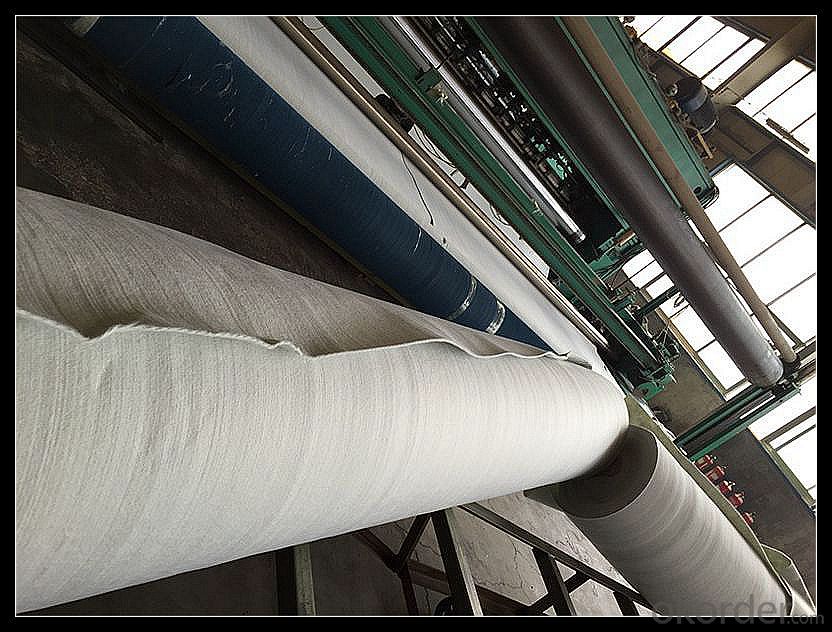
Our Service
Quality assurance
1.On a regular basis or as per your request,we entrust national testing agencies to conduct quality inspections
2. Strictly in accordance with the ISO9001-2008 international quality system standard,we monitor and manage the whole process throughout production,quality testing,and measurement to ensure product quality
3. For quality-related construction delay or substandard construction(except for damage or losses due to customer’s responsibility or irresistible natural disasters),we have refunding,replacement,and repair services.We will respond to customers’ feedbacks on quality issues within 24 hours.
After-sales service
1.In order to provide customers with comprehensive technical support,we will provide technical and other related information upon request in a timely manner.
2.In required,we will appoint specialized technicians to the construction site to give technical trainings to construction people,and offer technical guidance throughout the whole construction process.
3.For damage due to shipment and delivery,after we receive the complaint,we will check the issure through provided pictures and videos.If our responsibility is confirmed,we wil offer free replacement.
4.When the construction is completed,as your request,our technical staff may participate in the final acceptance.
FAQ:
Q: What kind of payments does jenor support?
A: T/T, L/C, Cash are accepted.
Q: Do you charge for the samples?
A: Accordeing to our company policy, the samples are free, we only charge the freight fee. And we will return the freight fee during the next order.
Q: Can you produce according to customers' design?
A: Sure, we are professional manufacturer, OEM and ODM are both welcome.
Q: Do you have other products?
A: Yes, please check the pictures:
- Q: How are geotextiles used in road construction?
- Geotextiles are used in road construction to enhance the performance and durability of roads. They are placed between the soil and the road surface to provide reinforcement, separation, filtration, and drainage. Geotextiles help to prevent the mixing of different soil layers, improve soil stability, and reduce the risk of soil erosion. Additionally, they can also be used to control the growth of vegetation and manage water flow, ultimately improving the overall quality and lifespan of the road.
- Q: What are the different geotextile installation techniques in slope stabilization?
- There are several geotextile installation techniques used in slope stabilization, including slope face treatment, wrap-around technique, and anchor trenching. In slope face treatment, geotextiles are placed directly on the slope surface to prevent erosion and promote vegetation growth. The wrap-around technique involves installing geotextiles horizontally around the slope, creating a reinforced barrier against soil movement. Anchor trenching, on the other hand, involves burying geotextiles vertically into the slope to provide added stability and resistance against sliding. These techniques are commonly used in combination to ensure effective slope stabilization.
- Q: Application of composite geotextile
- Water conservancy projects: seawall, river embankment, lake embankment project; reservoir reinforcement project; reclamation project; flood control and rescue. Highway and railway engineering: soft foundation reinforcement treatment; slope protection; road anti-reflective crack structure layer; drainage system; green isolation zone. Electrical engineering: nuclear power plant basic engineering; thermal ash dam project; hydropower project.
- Q: What are the cost implications of using geotextiles?
- The cost implications of using geotextiles can vary depending on factors such as the type and quality of the geotextile, the size of the project, and the specific application. In general, geotextiles can add an additional cost to a project, as they need to be purchased and installed. However, they can also provide cost savings in the long run by reducing the need for expensive soil stabilization measures, increasing the lifespan of structures, and minimizing maintenance and repair costs. Additionally, geotextiles can provide cost-effective solutions for erosion control, slope stabilization, and drainage, which can help prevent costly damages and disruptions.
- Q: What are the factors to consider when maintaining geotextiles?
- When maintaining geotextiles, there are several factors to consider. Firstly, regular inspection is crucial to identify any signs of damage or wear. It is important to promptly address any issues to prevent further deterioration. Secondly, proper cleaning techniques should be employed to remove debris, sediment, and other contaminants that may accumulate on the geotextile. This can involve gentle washing or vacuuming, depending on the specific type of geotextile and its application. Additionally, it is essential to follow manufacturer guidelines and recommendations for maintenance, as different geotextiles may have varying requirements. Lastly, monitoring the effectiveness of the geotextile over time is essential to ensure that it continues to perform its intended function. This can involve assessing its stability, porosity, and filtration capabilities, among other factors.
- Q: How do geotextiles help with soil separation in subgrade improvement projects?
- Geotextiles are used in subgrade improvement projects to separate different soil layers, preventing them from mixing. They act as a barrier, allowing water to pass through while preventing the migration of fine particles. This helps to maintain the stability and strength of the subgrade, reducing the risk of settlement and soil erosion.
- Q: How do geotextiles help with ground reinforcement?
- Geotextiles help with ground reinforcement by providing a stable base for the soil, preventing erosion, and improving the overall strength and stability of the ground. They act as a barrier, distributing loads evenly and reducing the risk of settlement or subsidence. Additionally, geotextiles can separate different soil layers, allowing for effective drainage and filtration, which further enhances ground reinforcement.
- Q: What are the advantages of using geotextiles in stormwater management systems?
- Geotextiles offer several advantages in stormwater management systems. Firstly, they act as a filter, preventing the migration of fine particles and sediment, thus reducing the risk of clogging and maintaining the efficiency of drainage systems. Secondly, geotextiles provide erosion control by stabilizing the soil and preventing its displacement, thereby protecting against soil erosion and maintaining the integrity of the stormwater infrastructure. Additionally, geotextiles can enhance water quality by facilitating the removal of pollutants through filtration and acting as a barrier against their infiltration into groundwater sources. Lastly, geotextiles are cost-effective and easy to install, reducing construction time and expenses. Overall, the use of geotextiles in stormwater management systems promotes efficient and sustainable water drainage while minimizing environmental impacts.
- Q: Are geotextiles suitable for use in bridge construction?
- Yes, geotextiles are suitable for use in bridge construction. They offer numerous benefits such as soil stabilization, erosion control, drainage, and separation of different layers of materials. Geotextiles can enhance the overall performance and longevity of bridges by providing reinforcement and preventing the mixing of materials, making them a valuable component in bridge construction projects.
- Q: Do geotextiles and geogrids do check-in?
- Required, geotextile and geogrid material is qualified. But actually depends on the situation to set.
Send your message to us
Geotextile Fabric 8 Oz Non-Woven Geotextile Needle-Punched PET Fabric with High Stabilization
- Loading Port:
- China main port
- Payment Terms:
- TT OR LC
- Min Order Qty:
- 1000 m²
- Supply Capability:
- 1000000 m²/month
OKorder Service Pledge
OKorder Financial Service
Similar products
Hot products
Hot Searches
Related keywords
